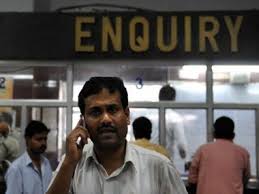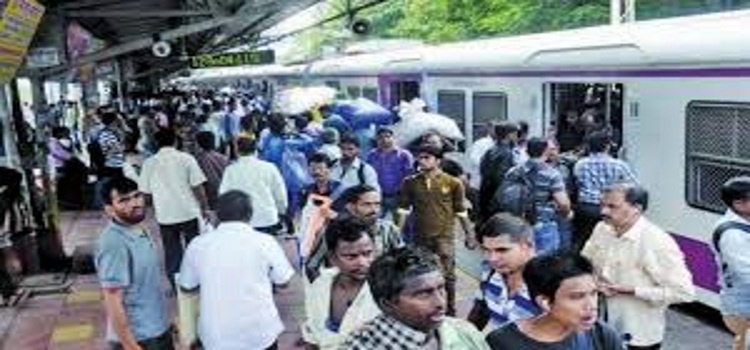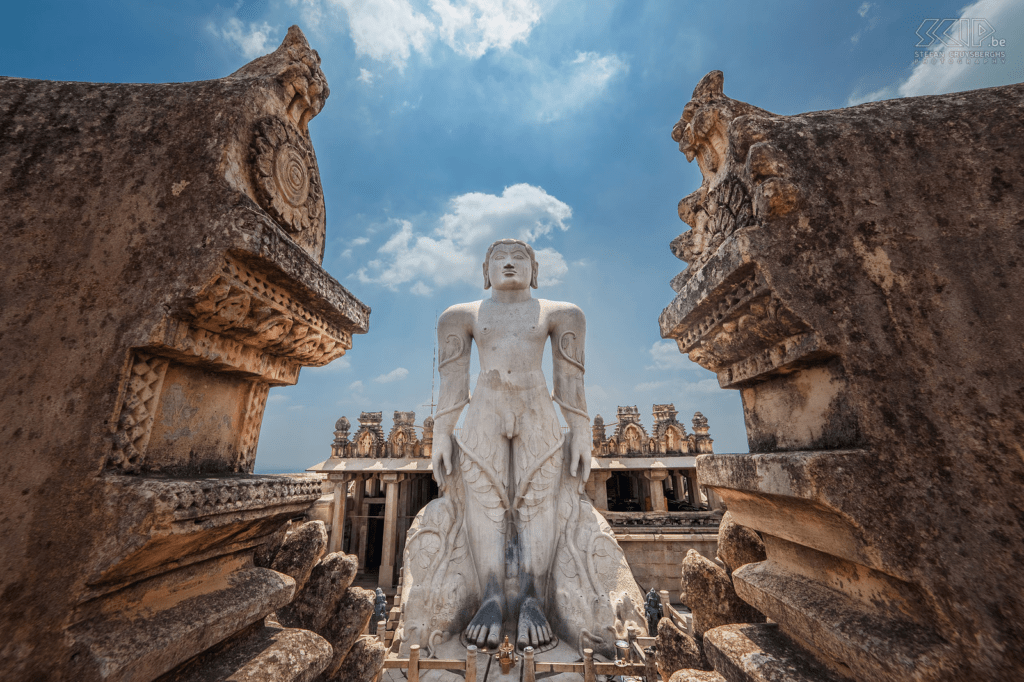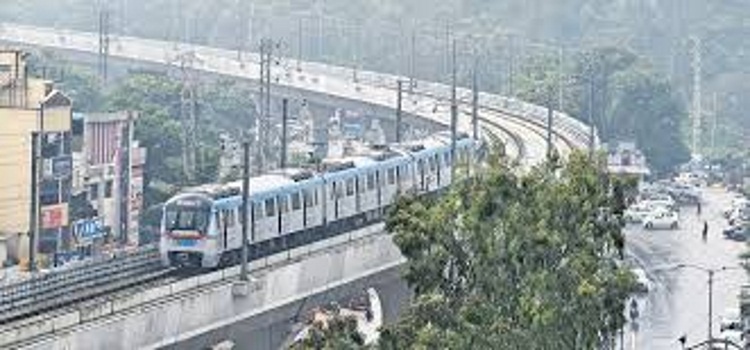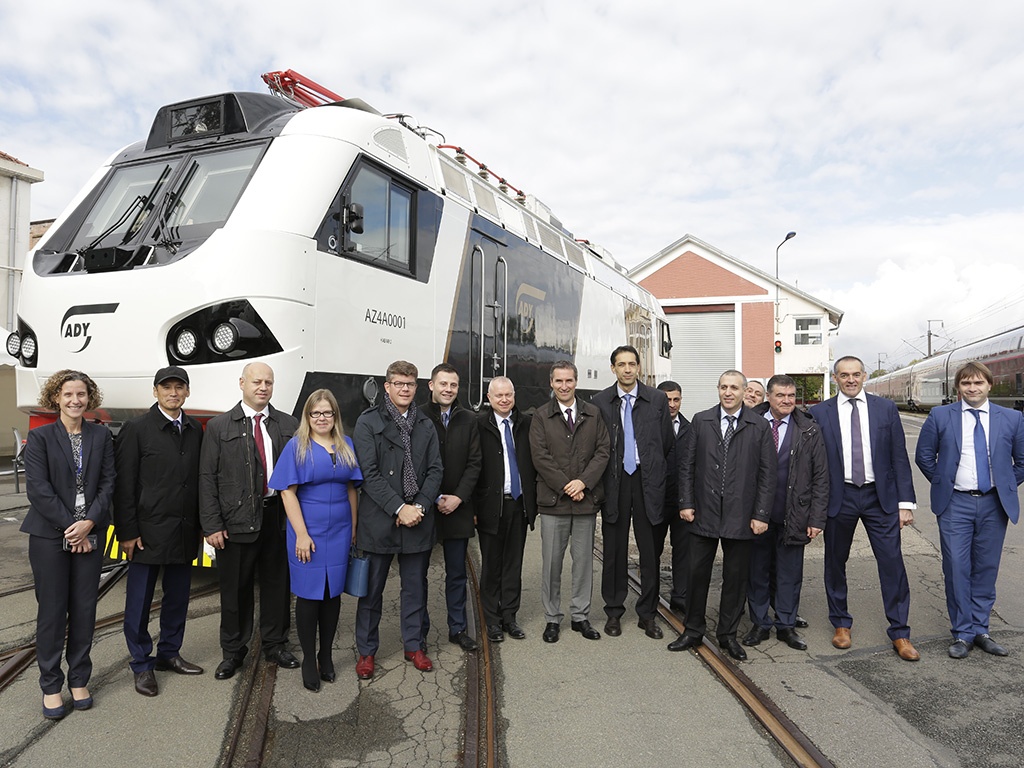
In a major safety lapse, Railway has found that out of 275 railway bridges across the country that need rebuilding for they are very old, speed restrictions for trains to pass through has been put only on 23 bridges. What poses a big threat to safe train operations is that trains continue to pass with usual speed on other 252 bridges that are in bad shape.
The Railway Board had sought details of bridges and it was observed that large number of bridges needing rehabilitation existed on some zonal railways since long. The Central Railways has 61 bridges, East Central Railways 63, South Central Railways 41 and Western Railways 42 bridges pending rebuilding.
“It is also observed that in most of the cases, no speed restriction has been imposed and special inspection schedule has also not been prescribed by chief bridge engineers. On the other hand, there are many bridges where speed restrictions have been imposed on condition basis but they are not categorized under ORN-1 or 2 categories,” said the order issued by A K Singhal, Executive Director Civil Engineering.
The railway bridges are divided in three categories – overall rating number 1, 2, 3. Bridges with overall rating number (ORN-1) rating require immediate rebuilding/rehabilitation, ORN-2 ratings are required to be rebuilt on the programmed basis while ORN-3 bridges require special repairs.
Railway Board has now pulled up zonal railways for failing to do a time bound planning for completing the rehabilitation work.
“It seems that proper time bound planning has not been done by railways for rehabilitation of these bridges which creates a doubt whether correct condition rating appropriate to the actual condition of the bridge has been assigned or not. It is also felt that there has been lack of due diligence at Division/headquarter level while revising/confirming the rating,” said Singhal in the order issued last month.
Railway Board has said that the chief bridge engineers (CBEs) should specifically review the position in respect of all bridges assigned in their respective railways and firm up the action plan for their rehabilitation on priority.
A CAG report in 2015 had found that delays in sanctioning of bridgeworks and completion of sanctioned bridgeworks resulted in operation of train services with speed restriction.
The Railways violated its own guidelines on foot-overbridges (FOBs) at stations which it had formulated in 2012-13 in the case of the one at Elphinstone Road station in Mumbai where a stampede occurred last month killing 22 people and leaving 33 injured. The breadth of the bridge was half what it should have been.
According to the standards that were set in 2012-13, the FOBs should have a breadth of 10 metres. But the breadth of the FOB at Elphinstone Road station is 4.5 metres. The schedule of dimensions which is issued by the Railway Board from time to time gives the standards that are to be followed for construction of FOBs and other infrastructure. “This schedule gives the ideal size of the infrastructure that has to be constructed at the railway stations and this is improved over time,” said a senior Railway official.
According to the official, FOB is a passenger amenity and it is still not considered a safety issue. Therefore the safety circular which is issued to all the chief safety officers will not include FOBs. “Safety circular is meant for operations of trains,” said the official.
FOBs inside railway stations as well as at the entry and exit points are a responsibility of the Railways. In the past eight years, the Railways have sanctioned 36 FOBs for the Mumbai suburban railway. Out of these 22 have been constructed.
Railway officials said there is regular inspection of all the infrastructure at the general manager and divisional railway manager level. But the issue of the narrow FOB at Elphinstone Road station and vulnerability of people was apparently never raised. A survey of footfall at the station, an indicator of over-strained infrastructure, was also never carried out.
Now a new FOB has been sanctioned at the Elphinstone Road station by the GM Western Railways at a cost of Rs 10 crore. It is to be constructed parallel to the old FOB and will meet the standards that have been set by the Railways in 2012-2013. “The old FOB will not be destroyed as it will be a tedious task. Instead a new FOB will be constructed,” said the Railway official.
Illegal hawkers who encroach on the FOBs in the Mumbai suburban railway network have been blamed for the stampede. A campaign has been started to drive out the illegal hawkers which is being conducted by the Railway Protection Force (RPF) and Government Railway Police (GRP).
It further said that instances of continued operation of speed restriction were noticed on 87 bridges of 13 zones ranging between four to 591 months. Audit assessed an extra expenditure of Rs 103.40 crore on account of operational cost due to continuation of speed restrictions.
“The above demonstrates the casual approach on part of Railways in sanctioning/executing and monitoring of bridgeworks. This resulted in delay in execution of bridgeworks that were identified for rehabilitation leaving the possibility of compromising passenger safety during operation of train services on these bridges. Railways need to ensure an effective monitoring system to be in place for timely execution and completion of bridgeworks,” the CAG report has added.
More than 100 footover bridges (FOBs) along Mumbai’s busiest suburban railway lines — Central and Western — fall in the top three fatal zones which require urgent attention, an internal Railways survey shows.
The list of dangerous bridges collated by the Railways shows that there are 61 bridges on the Central Railways (CR) and 42 bridges on the Western Railways that require urgent repair, DNA reported.
The East Central Railway zone with 63 bridges that need repairs are the most fatal zones. The report said that one of the bridges in the Lucknow Division, under the Northern Railway, is in a precarious condition and needs to be immediately rebuilt.
Western Railway officials did not confirm if the Elphinstone Road FOB was a part of the list. On September 29, 23 passengers were killed and 36 were injured in a deadly rush-hour stampede that occurred on a narrow foot overbridge connecting the Elphinstone Road railway station to Parel station.
The report stated that the Railway Board had issued a letter to 16 zones on Indian Railways where they had identified 275 railway bridges that need to be built immediately on September 21, a week before the stampede.
In 2017-18, the railways plan to come together to rehabilitate 114 bridges, of which CR will rebuild 20 bridges and WR will rebuild 13 bridges.
”It seems that proper time-bound planning has not been done by the railways for rehabilitation of these bridges. This creates a doubt whether the correct rating, appropriate to the actual condition, of the bridge, has been assigned or not,” states the letter.
Earlier, the Union Railway Minister Piyush Goyal had called for innovation in making the railways safer while stressing that enough money is available for the purpose.
“The railway minister has asked the zones not to worry about funds as far as work on safety is concerned. And so work on rehabilitating and rebuilding these railway bridges will be expedited,” AK Saxena, Director General (PR), Railway Board said.
The letter also stated that the field officers in charge of maintaining and studying the health of railway bridges need to be educated by the Chief Bridge Engineers so that the officer can determine the correct condition of bridges and take necessary remedial measures for safe movement of trains.
